IISD-ELA for Researchers
With 58 lakes reserved for scientific purposes, IISD Experimental Lakes Area provides researchers with living laboratories and access to untapped research potential.
Research at the world's freshwater laboratory
Our unique structure allows IISD-ELA researchers to work with governments, industry, and other academic scientists to identify and study new and emerging concerns before they become large-scale environmental problems.
Throughout our history, and at any given time today, many emerging threats to the health of our precious freshwater supplies are being studied, with the ultimate goal of influencing practice and policy for the better, in Canada and around the world.
These include (but are not limited to) algal blooms, climate change, drugs, acid rain, plastics, mercury, and oil spills.
Long-term ecological research (LTER)
At IISD-ELA, five lakes are set aside for long-term monitoring under our LTER program; Lake 239, Lake 373, Lake 114, Lake 442, and Lake 224 (see link to our map here). These lakes are not manipulated in any way and, as such, are often used as control lakes for the various experiments performed at IISD-ELA. Control lakes are important to our experiments to verify that the effects we see are a result of manipulation and not a product of natural variability.
Since our LTER lakes are not manipulated, the long-term monitoring program has become increasingly important in identifying how lakes and the animals that inhabit them react to subtle changes in climate.
IISD-ELA is “the SUPERCOLLIDER of ecology.
Dr. David W. Schindler, OC, AOE, Dphil, FRSC, FRS, Killam Memorial Chair and Professor of Ecology, Department of Biological Sciences, University of Alberta
What we are currently working on
Plastics
Microplastics are small, and they are everywhere. But what are they doing to our lakes?
Oil spills
Unfortunately, oil spills happen. We want to find out exactly how they affect fresh water, and how we can best clean them up.
Drugs
People take anti-depressants and diabetes medication every day. But have you ever wondered what happens when they reach the environment?

1966
The Freshwater Institute is established
The Fisheries Research Board of Canada established the Freshwater Institute in Winnipeg in 1966. One of the priorities for this research facility was to investigate the eutrophication (or “algal bloom”) problem plaguing many lakes across North America, inlcuding Lake Erie. W.E. (Wally) Johnson, the first director of the FWI, assembled an international team of research scientists under the leadership of Jack Vallentyne to address this problem.
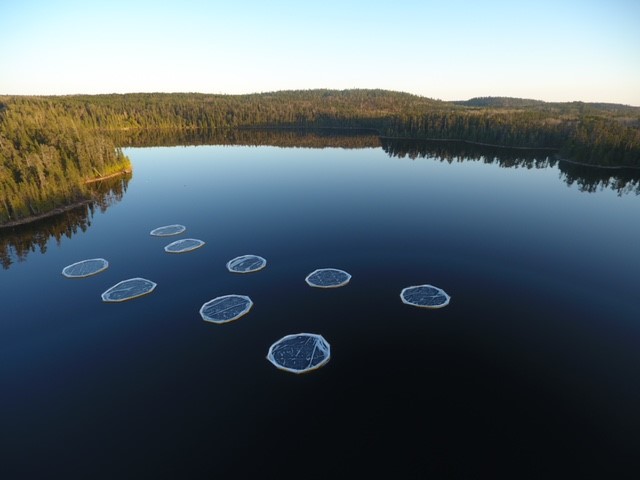
1967—1968
Site selection for the Experimental Lakes Area
Extensive surveys were conducted in 1966 and 1967 to select a suitable site for the proposed Experimental Lakes Area. In northwestern Ontario, 463 lakes were surveyed on the ground and by helicopter to determine lakes of sufficient depth and area. In 1968, the Ontario Department of Lands and Forests, who controlled the area as Crown land, agreed to designate the watersheds of 46 small lakes as the Experimental Lakes Area—a number which ultimately grew, over the years, to 58 lakes and their watersheds.
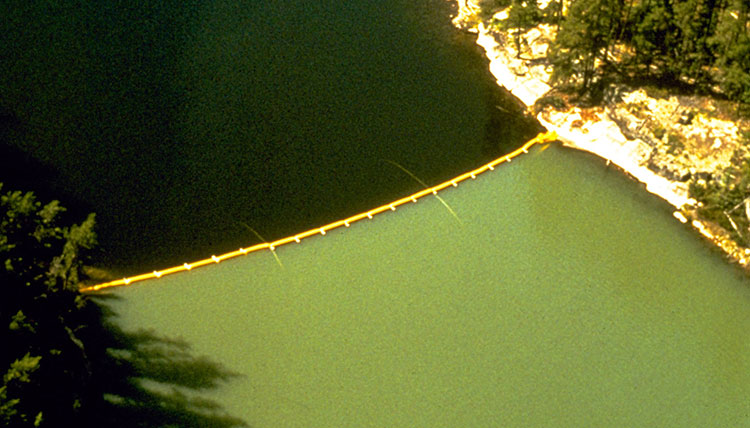
1968-
Algal blooms
Discovering the key causes of harmful algal blooms was the raison d’être for the Experimental Lakes Area, and we have continued, in some capacity or another, to research the impacts of algal blooms ever since we opened. Our longest-running experiment, on Lake 227, has provided invaluable information to the scientific community and the public about the role of phosphorus in eutrophication. Subsequent experiments have explored the roles of iron and nitrogen in the development of algal blooms.
Learn more about how we have been tackling harmful algal blooms for over fifty years here.
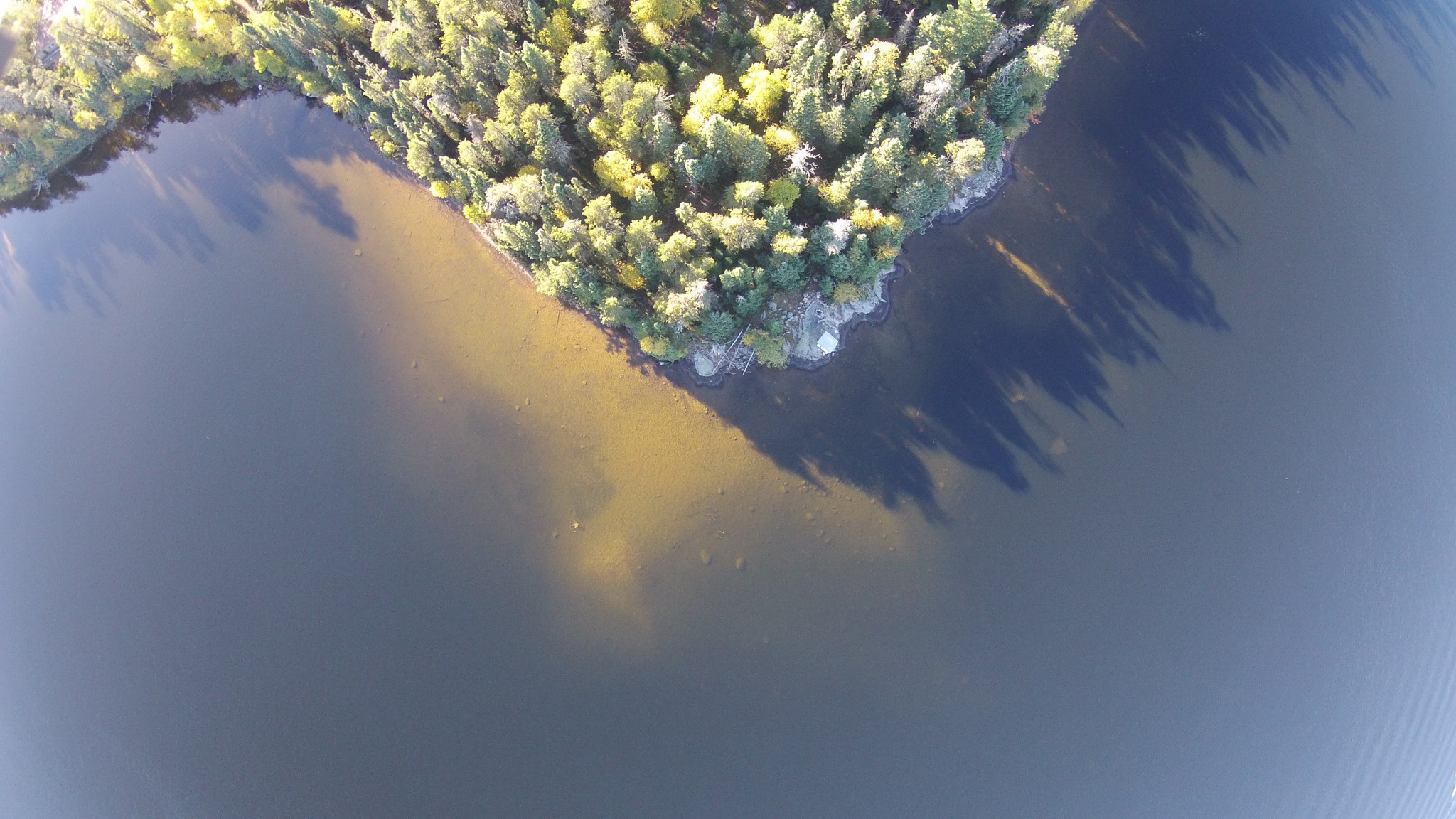
1968-2014
Incredible research takes place that changes freshwater policy around the world
From algal blooms to acid rain, from 1968 to 2014, a great deal of research on real lakes took place to change how we understand the impact of human activity on fresh water and to influence environmental policy around the world.
Learn more about our research—past, present and future—here.
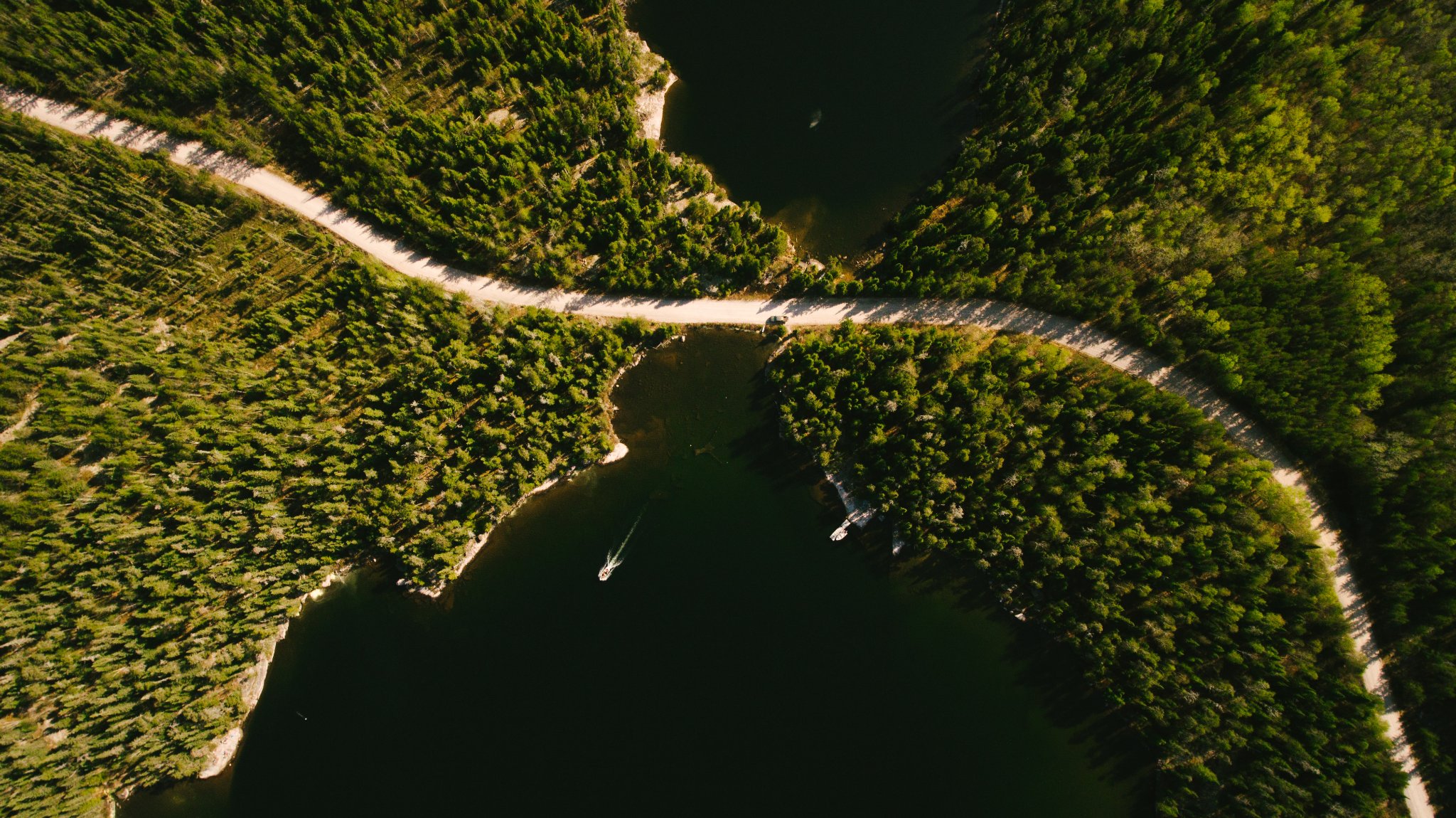
1968
Experimental Lakes Area officially opens
The Experimental Lakes Area was a truly original concept—and it continues to be. The discipline of experimenting on whole lakes and their watersheds to understand the impacts of human activity on fresh water, and to use that scientific knowledge to influence practice and policy, has had an incredible impact on environmental policies worldwide for over 50 years.
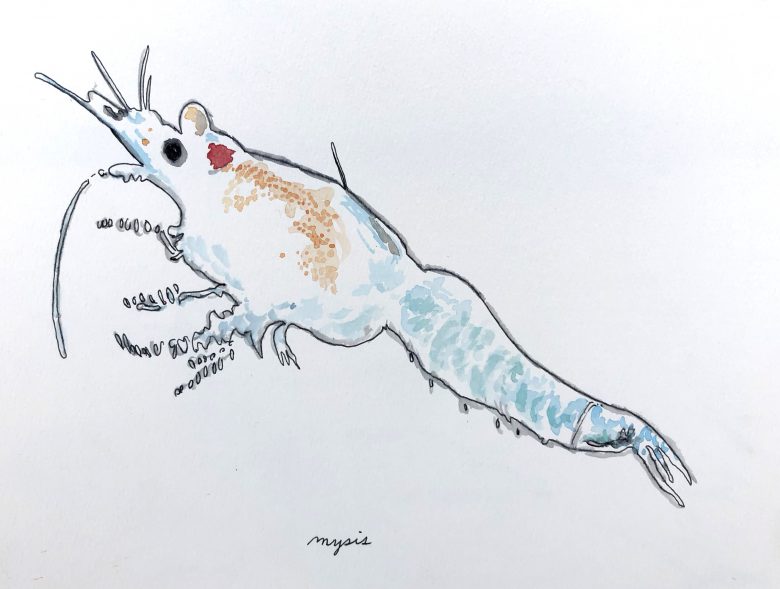
1976—2000
Acid rain
To mimic the acidity of the rain that was falling on freshwater ecosystems at the time (in the mid-1970s), researchers intentionally acidified lakes at the site to determine acid rain’s impact on the flora and fauna of freshwater lakes. Findings then influenced legislation put in place globally to curtail industrial emissions.
Discover all there is to know about our work on acid rain here.
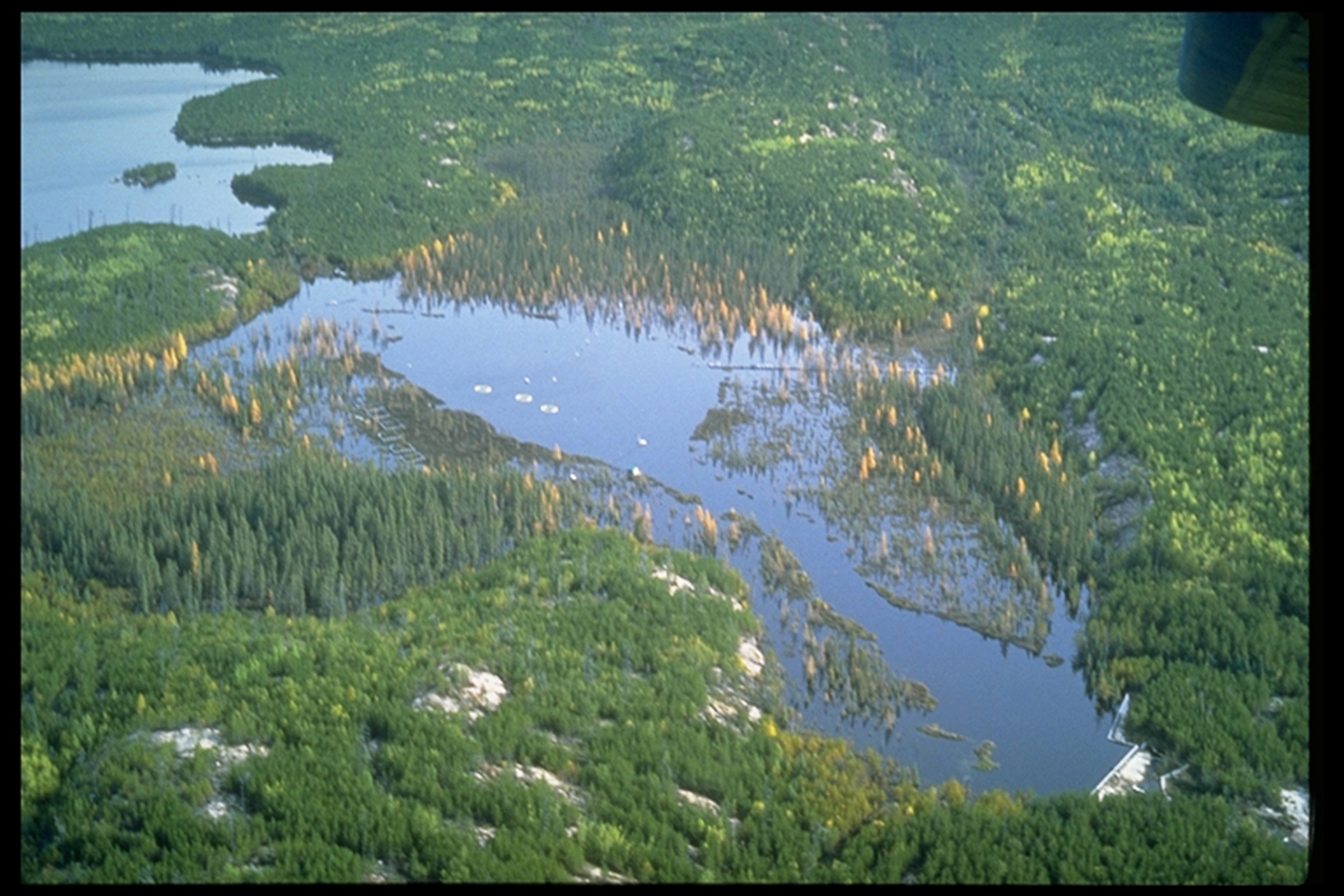
1991—2000
Reservoirs and dams
Researchers raised the water level in Lake 979 and its bog to simulate flooding for hydroelectricity generation. Two issues concerning hydroelectric developments were the production of methylmercury (toxic to humans, as well as zooplankton and fish) and the release of greenhouse gases that can contribute to climate change. At IISD-ELA, we have a long history of research on the effects of dams and reservoirs—and Manitoba Hydro has been a longtime partner. In all cases, we ultimately want to provide advice on how to design and manage reservoirs to minimize their impacts on the environment.
Show how much you give a dam about this research by clicking here.

2000—2007
Mercury
From 2000 through 2007, mercury was added to Lake 658 to mimic changes in mercury falling in rain. The project was designed to help us understand how mercury released into the atmosphere from coal-fired power plants and other sources affects mercury concentrations in fish. Nearly 8 years after the mercury additions stopped, scientists were still monitoring the recovery of the ecosystem. The results supported proposed mercury emission reductions in Canada and the United States and were influential in the Minamata Convention on Mercury.
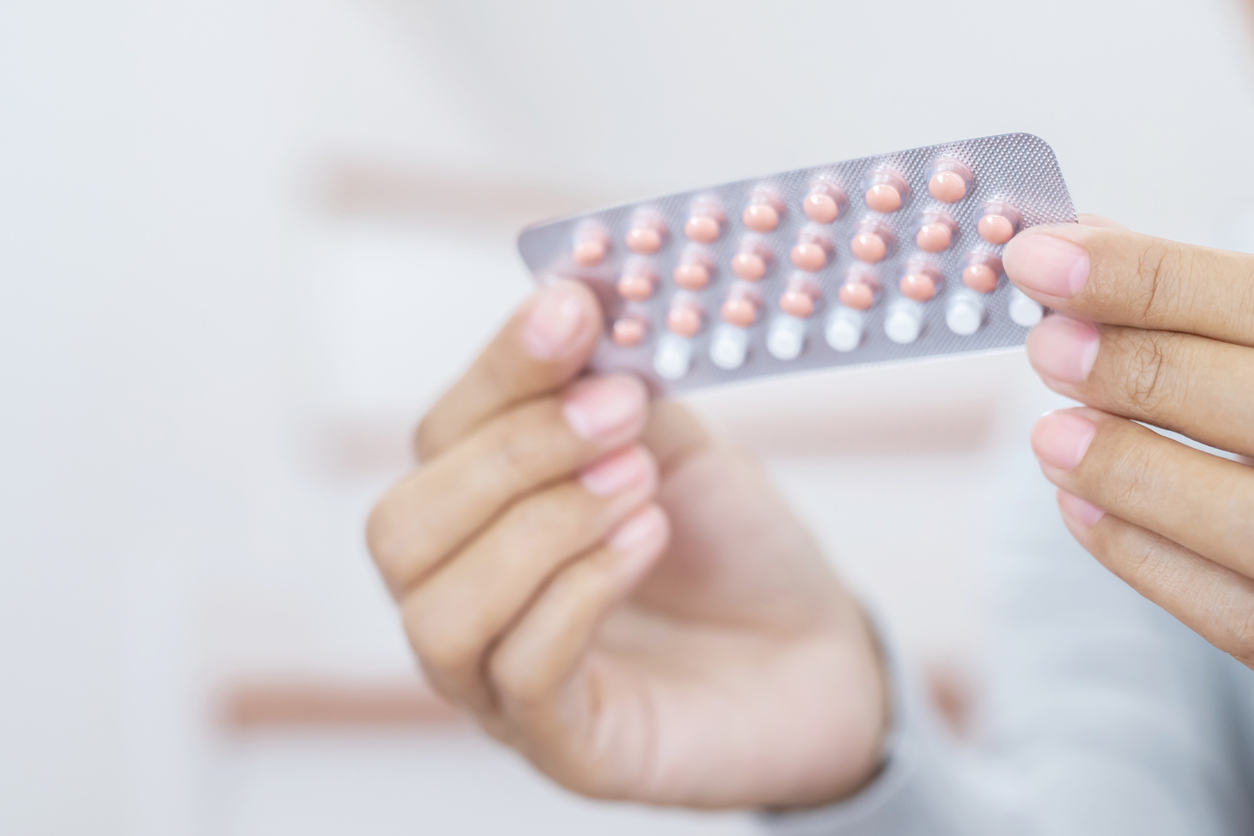
2001—2003
Birth control
A synthetic estrogen (EE2) that is commonly found in birth control pills was added to the surface waters of Lake 260. Over the course of the experiment, researchers found that male minnows within the lake began to show female characteristics, which eventually led to a population crash in the lake.
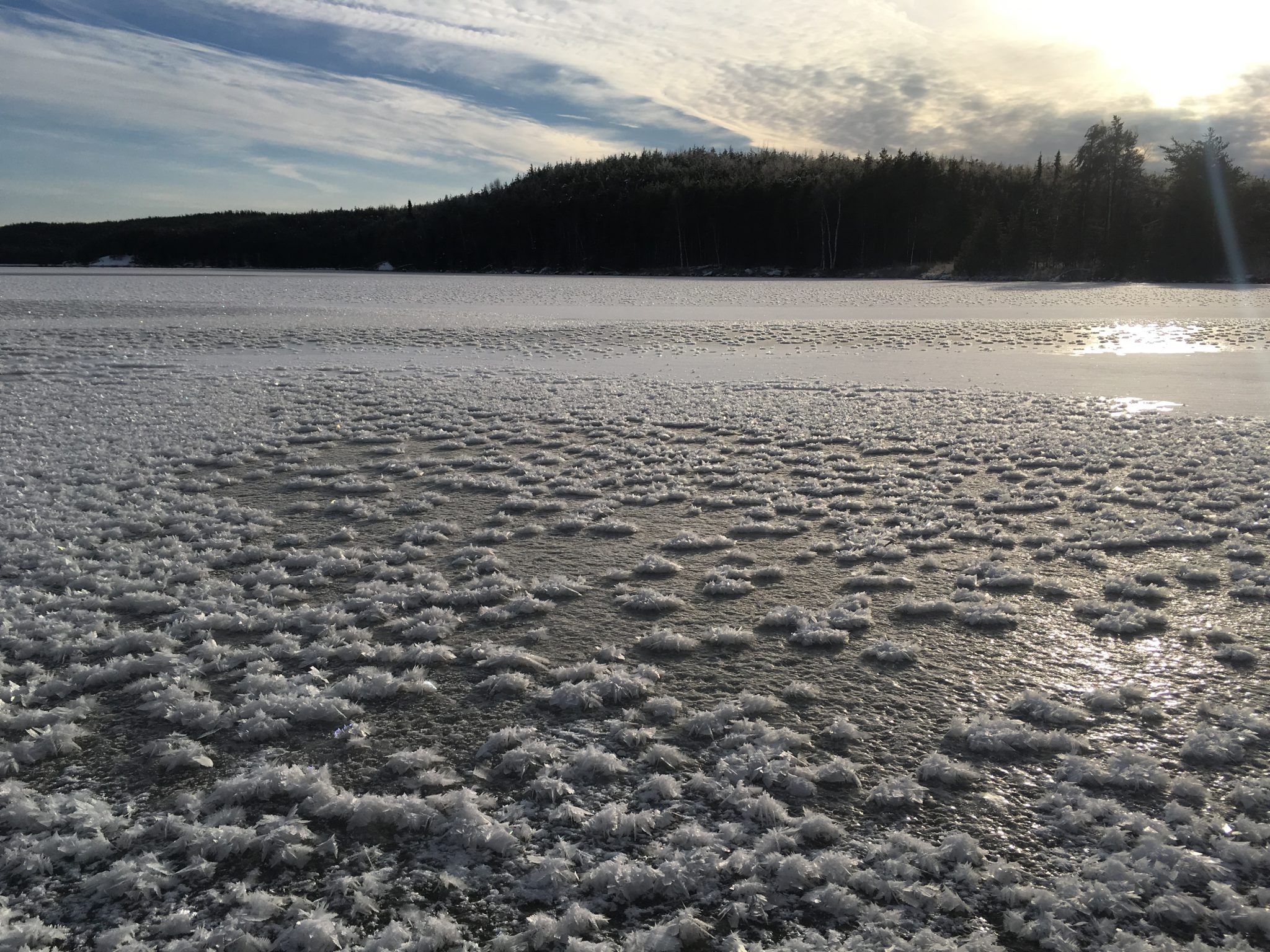
2009—2016
Climate change
By diverting the inflow into Lake 626, scientists tried to mimic climate change by simulating a drought. With reduced inflow into the lake, researchers could measure physical and chemical changes in a small boreal lake. Acoustic tags were implanted into a small portion of the population of fish in the lake, and their movements were tracked throughout the open water season.
Learn how we have been exploring climate change since before climate change was a thing here.
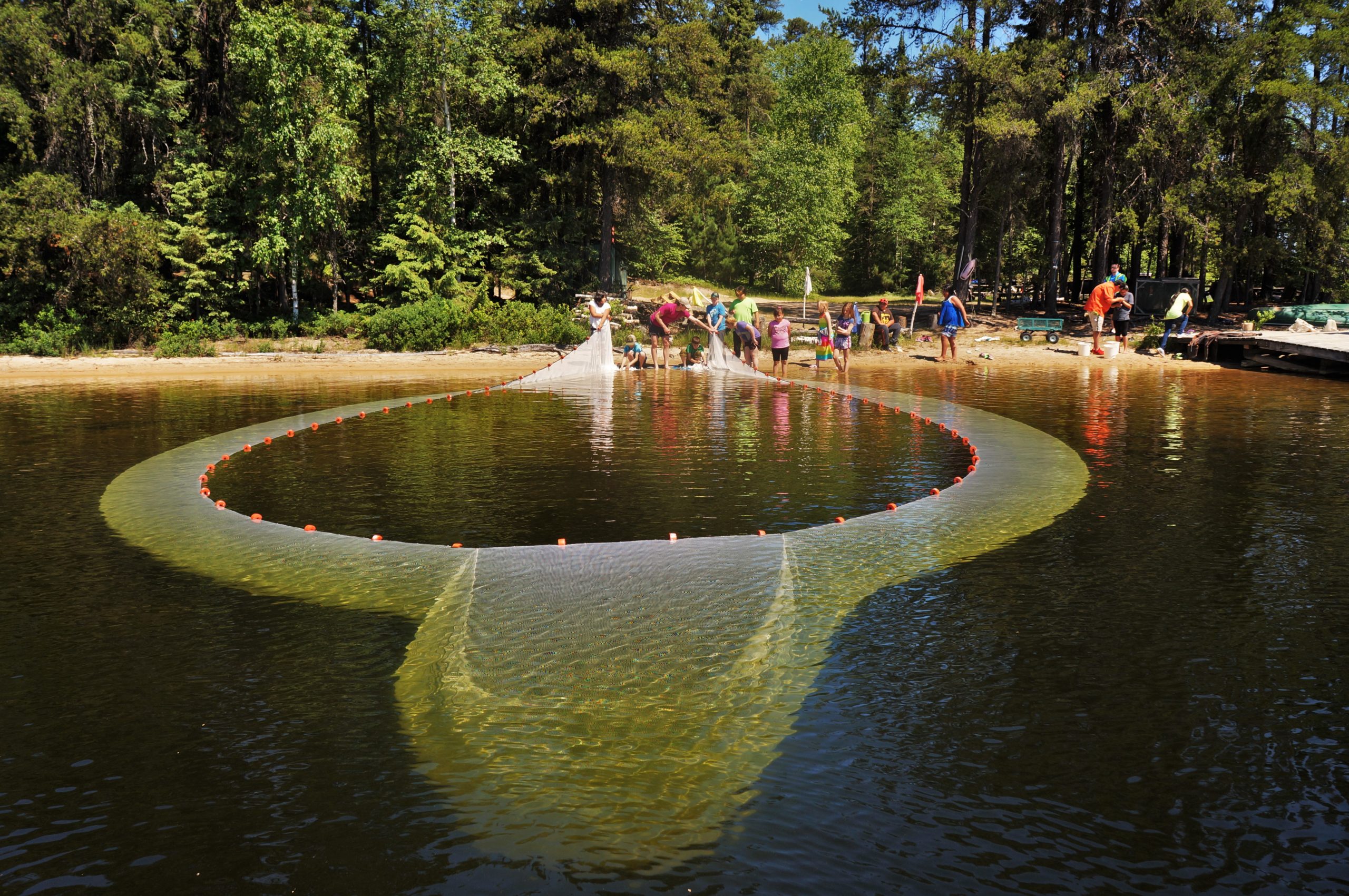
2012—2016
Nanosilver
Silver nanoparticles are becoming increasingly common in clothing for odour elimination. To discover what effects nanosilver could have on the health and dynamics of an aquatic ecosystem upon entry, researchers introduced an “environmentally relevant” amount of nanosilver to the shoreline of Lake 222. Researchers from Trent University have been measuring their effect on all levels of the food web in Lake 222.
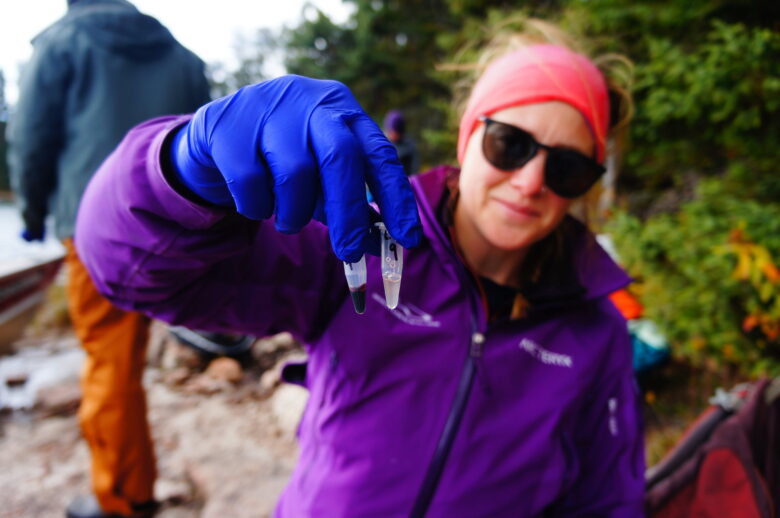
2014-
A new era
And ever since, we have been conducting new research on everything from plastics to oil spills, have (literally and figuratively) opened our doors to the world, and are not showing any signs of slowing down or stopping.
Discover our new era of tackling threats to fresh water here.
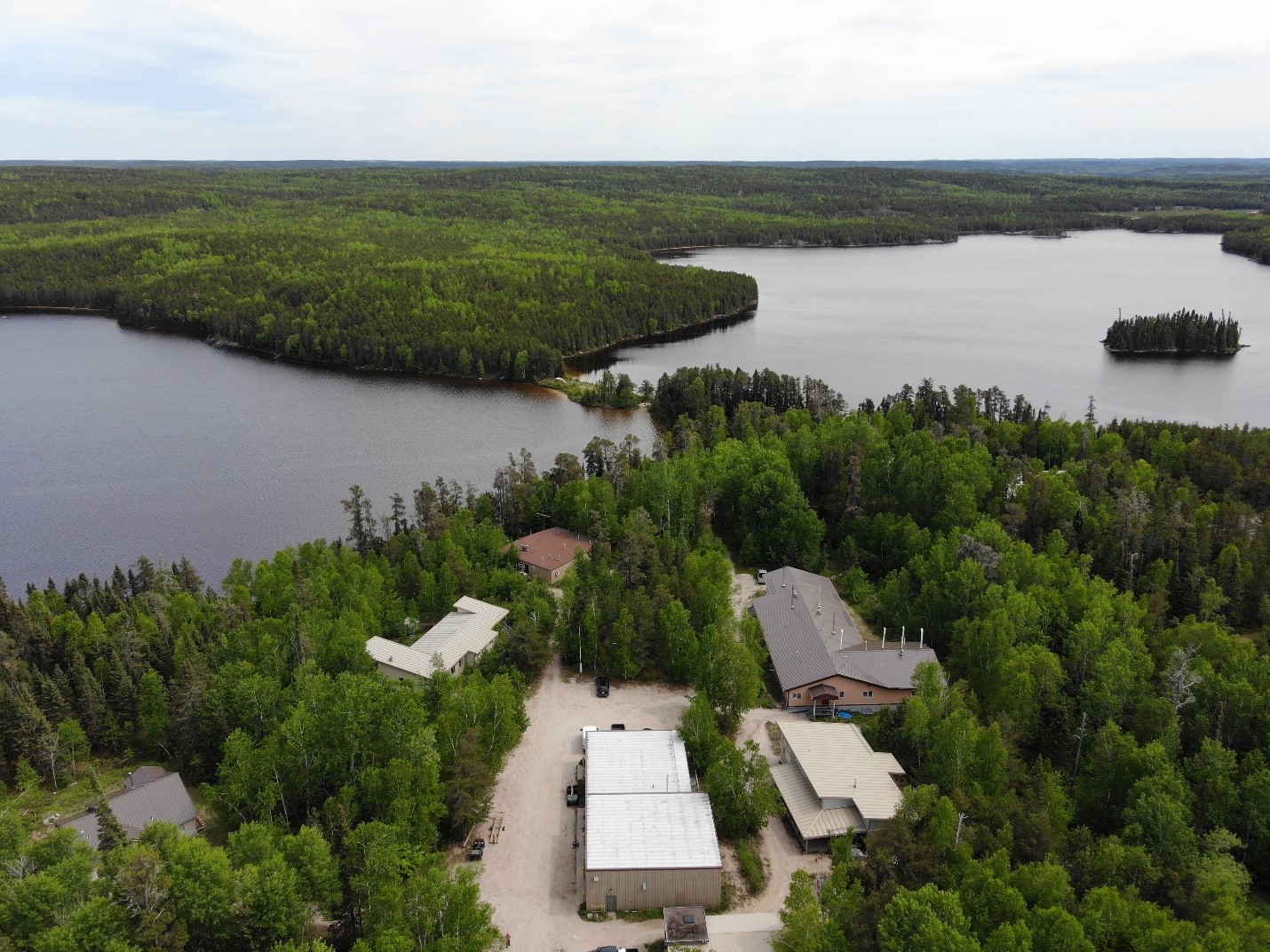
2014
IISD saves the Experimental Lakes Area
In April 2014, IISD, the Government of Ontario, and the Government of Canada signed three agreements to ensure that the facility would continue to operate.
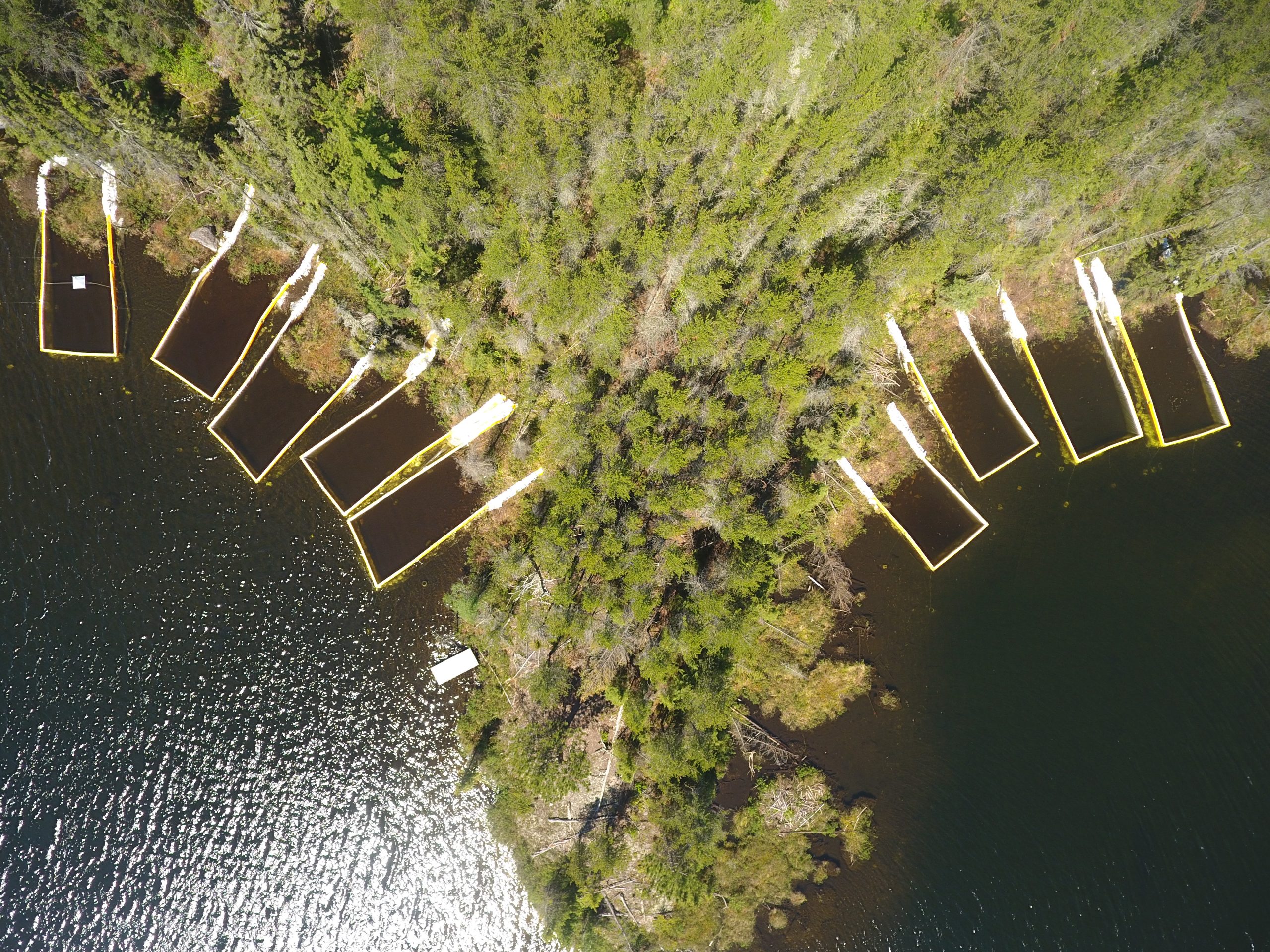
2017-
Oil spills
Oil spills occur when oil being transported by truck, rail, or pipeline unintentionally spills into the surrounding environment. To address some gaps in knowledge that we have about the impact of oil spills on fresh water, since 2017, a groundbreaking project has been taking place at IISD-ELA to answer pressing questions about what happens when oil enters freshwater systems.

2018
The lakes turn 50!
Fifty years had now lapsed since we cut the ribbon on the world’s freshwater laboratory. We celebrated in style by reconnecting with old friends and making plans for the future.
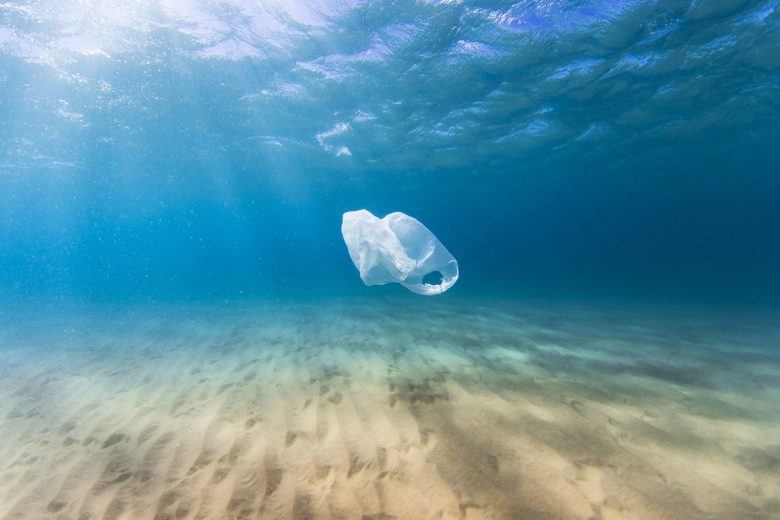
2019-
Plastics
The impact of plastics on aquatic systems is big news and of major concern these days. Microplastics (plastic particles that are smaller than 5 mm) have also been acknowledged as a truly ubiquitous contaminant in recent years. Since 2019, researchers have been conducting experiments of increasing scale to explore what happens when plastics get into our lakes.

2020
We embrace Africa!
Since 2020, we have been putting our heads together with the finest freshwater minds across Africa to share problems, expertise and solutions.